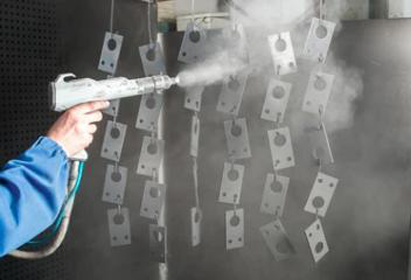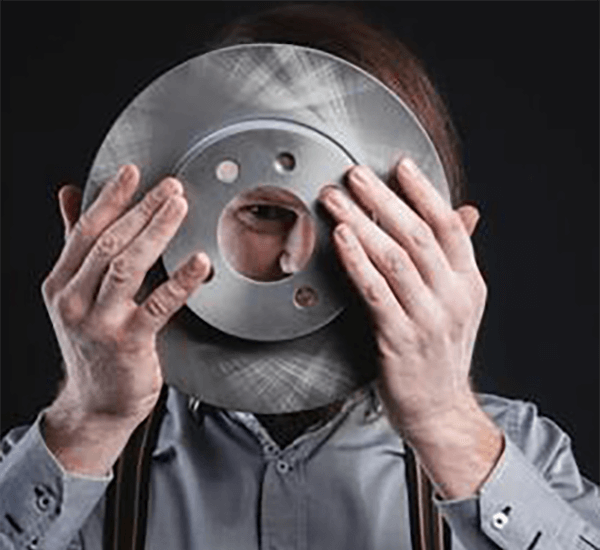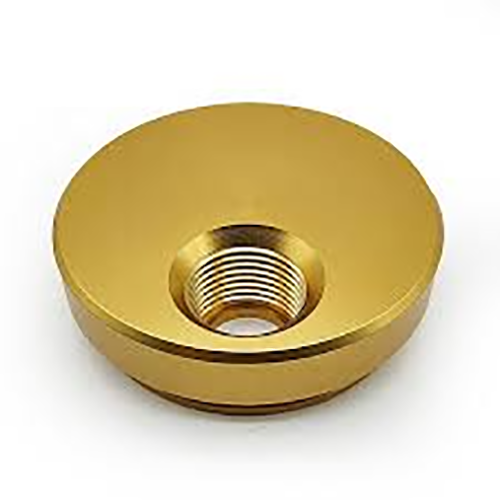
Meeting defined surface quality on a CNC-produced component is critical.
- Specification callouts prescribe the detailed finish for parts
- Engineers often specify Ra (average roughness) to numerically define surface irregularity
- Knowing how to read finish callouts is critical for meeting performance goals
- A well-defined surface finish can impact factors such as lubrication, friction, and durability
- Careful reading of finish callouts enables achieving the planned outcome
Precision Principles of CNC Machining

CNC-driven fabrication functions as a modern manufacturing method through automated code the equipment produces detailed patterns with tight tolerances.
- CNC equipment supports building precise items from many material classes
- Multifaceted CNC utility supports electronics, automotive, and aerospace production
- G-code driven machining maintains reliable consistency across batches
Across prototyping through full-scale production CNC machining serves as a cornerstone in contemporary manufacturing
CNC Spec Interpretation
Reading machine specs may appear overwhelming initially
Nevertheless simple study and a stepwise method let you read technical specifications
Open by noting essential values: spindle speed, feeds, accuracy, envelope, control type
Each characteristic modifies the machine’s effective performance.
For example a higher spindle speed is suitable for softer materials while a faster feed rate is essential for increased production.
Seeing these associations aids in selecting the correct machine for your use
It’s wise to study manufacturer documentation comprehensively.
Those resources usually offer helpful explanations and clarify jargon
Understanding CNC Machines: A Complete Overview
CNC systems refer to programmed machine tools for accurate automated part production across materials These systems execute G-code sequences to govern tool movement and actuation.
- Examples of CNC types are vertical mills, CNC lathes, CNC routers, plasma cutters
- Production processes accommodate metal alloys, plastics, woods, and composite materials
- Also CNC equipment offers quick turn prototyping and low-volume runs for innovators and labs
CNC Machines: The Fundamentals Explained
They embody an integration of hardware accuracy and advanced software regulation CNC platforms apply programming to fabricate both basic components and complex assemblies The central concept is rendering digital designs as physical parts.
- Computer Numerical Control machining
- Programmatic production integration
It uses accurate motion sequences commanded by the controller Technicians are essential for choosing cutting settings, supervising processes, and validating final quality.
Surface Finish Effects in CNC Production
Realizing specified surface quality in machining is vital It shapes both functional outcomes and outward appearance Material characteristics, tool parameters, and finishing techniques affect texture.
Fine finishes raise resilience whereas rough profiles can restrict performance CNC workflows include varied tooling and approaches to produce intended surface results.
- For example using different cutting tool geometries |PCD tools|speed settings to obtain particular finish
- Alternatively post-processing methods like polishing grinding sanding can be employed to improve the surface finish
Knowing parameter-to-finish links is vital to secure the best results.
From Operation to Applications: CNC Basics
Programmed machining provides accurate part shaping across multiple material types They execute coded toolpaths to create intricate parts repeatedly Familiarity with programming, tooling, and machine operation is key to process success
Fields benefiting from CNC include aerospace, automotive, industrial manufacturing, and electronics From intricate parts for aircraft engines to precision molds for plastic injection CNC machines have become indispensable tools for producing high-quality products with complex geometries
Surface Finish Callouts for CNC Machined Parts
Clear finish definition is critical for CNC machined components It verifies compliance with intended functional and aesthetic goals Designers typically indicate finish using the Ra (roughness average) metric Measured in micrometers or inches, the number reflects mean surface roughness height.
Consider needed smoothness and the part’s application to determine finish requirements

In practice smoother finishes help where exact fits and close tolerances are essential
Conversely a rougher surface finish could be appropriate for applications where grip friction traction is important
Insert concise surface notes in blueprints to articulate finish expectations Specify the Ra metric and note any secondary treatments or special machining steps.
Keep in mind clear finish callouts are central to manufacturing success
Varieties of CNC Machines and Capabilities
Machine shops deploy varied CNC equipment tailored to many distinct production tasks They pair with CAD software to translate designs into cutting commands for precise fabrication.
- Milling machines are renowned for their ability to remove material from a workpiece shaping it into complex geometries
- Routers handle flat panel cutting and profiling for non-metal workpieces
- Plasma cutters employ ionized gas arcs to sever metal quickly and accurately
Select machinery by weighing material, complexity, and tolerance needs Different CNC platforms supply distinct functionality valuable across industries including automotive and aviation.
Securing Optimal Finish Using CNC Machining
Attaining top-quality surfaces is critical in fabrication and CNC techniques facilitate that achievement Using accurate feed and speed selection plus optimized tool geometry technicians refine cutting action to reduce surface flaws Additionally superior tool grades and effective lubrication aid in producing refined textures Through careful selection of cutting strategies and meticulous machine setup CNC machining enables the creation of components with exceptional surface quality for diverse applications.
Achieving Surface Finish in CNC Programming
Achieving intended surface characteristics through programming is vital for quality Parametric choices for feed, speed, and tool shape govern surface smoothness and defects Deliberate parameter selection and optimized lubrication enable near-flawless finishes.
- Furthermore regular tool maintenance and inspection are essential for ensuring a consistent and high-quality surface finish over time Plus regular inspection and maintenance what is a cnc machine of tools copyright finishing standards Moreover scheduled tool maintenance and inspection preserve surface performance
- To enhance finish consider workpiece material, roughness targets and use case
- Using CAM simulation lets you preview and tweak toolpaths to lower defect risk
- Moreover scheduled tool maintenance and inspection preserve surface performance
